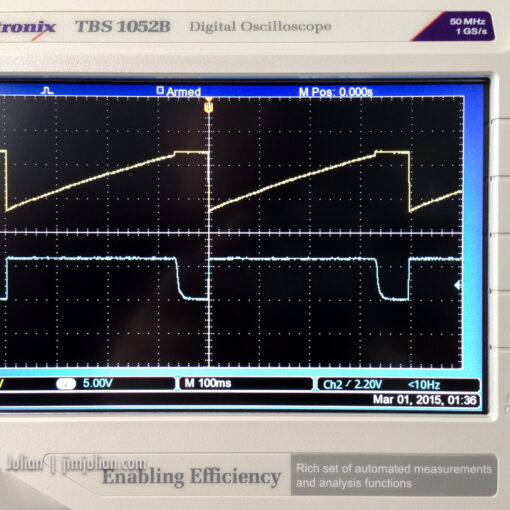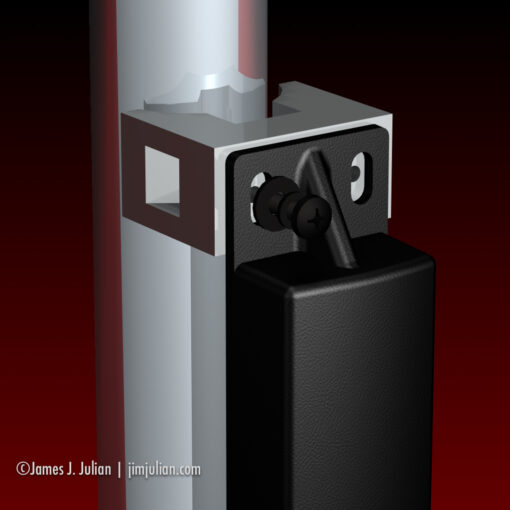Introduction
The AES5 standard, also known as AES5-2008, is an important specification introduced by the Audio Engineering Society (AES). It provides guidelines for measuring audio equipment and systems, ensuring consistency and accuracy in audio testing procedures. This technical summary is an overview of the AES5 audio standard, its core principles, applications, and key benefits in audio engineering.
1. Core Principles and Scope
The AES5 standard addresses the measurement of audio equipment and systems, aiming to create a standardized approach to audio testing. It covers a wide range of audio devices, including microphones, loudspeakers, amplifiers, signal processors, and complete audio systems.
The core principles of AES5 are as follows:
- Uniformity of Measurements: AES5 emphasizes the need for uniform and repeatable measurements to ensure consistency across different testing environments and laboratories. This ensures that the measured performance of audio equipment is reliable and comparable.
- Measurement Conditions: The standard defines specific measurement conditions, such as temperature, humidity, and power supply requirements, to ensure that measurements are conducted under controlled and realistic conditions.
- Measurement Methods: AES5 provides standardized measurement methods for various audio parameters, such as frequency response, distortion, signal-to-noise ratio, and sensitivity. These methods guide engineers in performing accurate and repeatable measurements.
- Test Signals and Analysis: The standard specifies the use of appropriate test signals, such as pink noise, swept sine waves, and various modulated signals, for different types of measurements. It also outlines analysis techniques to extract relevant performance metrics from the acquired data.
2. Applications of AES5 Standard
The AES5 standard finds broad applications in the audio industry, covering various aspects of equipment design, evaluation, and verification.
Some of the key applications include:
- Product Development: Manufacturers use AES5 to assess the performance of audio equipment during the development phase. This enables them to identify and rectify design flaws, ensuring that the final product meets specified performance criteria.
- Quality Control: AES5 provides a framework for quality control during manufacturing. It ensures that audio devices conform to predefined specifications, maintaining consistent quality across production batches.
- Certification and Compliance: The standard is often referenced in industry certifications and compliance testing. Manufacturers may need to demonstrate adherence to AES5 requirements to receive industry certifications for their products.
- Performance Evaluation: Audio engineers and researchers use AES5 to objectively evaluate the performance of audio equipment in research studies, comparative reviews, and system optimizations.
- Audio System Calibration: AES5 is instrumental in calibrating audio systems to achieve accurate and consistent audio reproduction across different environments and applications.
3. Key Parameters and Measurement Techniques
AES5 defines specific parameters for audio measurements and provides techniques for their accurate determination.
Some of the key parameters and their measurement techniques include:
- Frequency Response: The standard outlines the use of swept sine waves or pink noise signals to measure the frequency response of audio equipment across the audible frequency range.
- Distortion and Harmonic Distortion: AES5 provides methodologies for measuring total harmonic distortion (THD) and intermodulation distortion (IMD) in audio devices using appropriate test signals.
- Signal-to-Noise Ratio (SNR): The standard specifies methods to determine the SNR, an essential parameter for assessing the noise performance of audio equipment.
- Sensitivity and SPL Measurements: AES5 outlines procedures for measuring microphone sensitivity and sound pressure level (SPL) in loudspeakers, ensuring accurate sensitivity and output level characterization.
- Phase Response: The standard addresses the measurement of phase response in audio systems, providing guidance on using time-delay analyzers and other tools.
Conclusion
The AES5 audio standard plays a vital role in maintaining consistency, accuracy, and reliability in audio measurements. By providing a unified approach to audio testing, AES5 enables manufacturers, engineers, and researchers to make informed decisions, ensure product quality, and optimize audio system performance. Its wide range of applications and adherence to uniform measurement principles make AES5 an indispensable tool in audio engineering, contributing to the advancement and standardization of audio equipment and systems.



